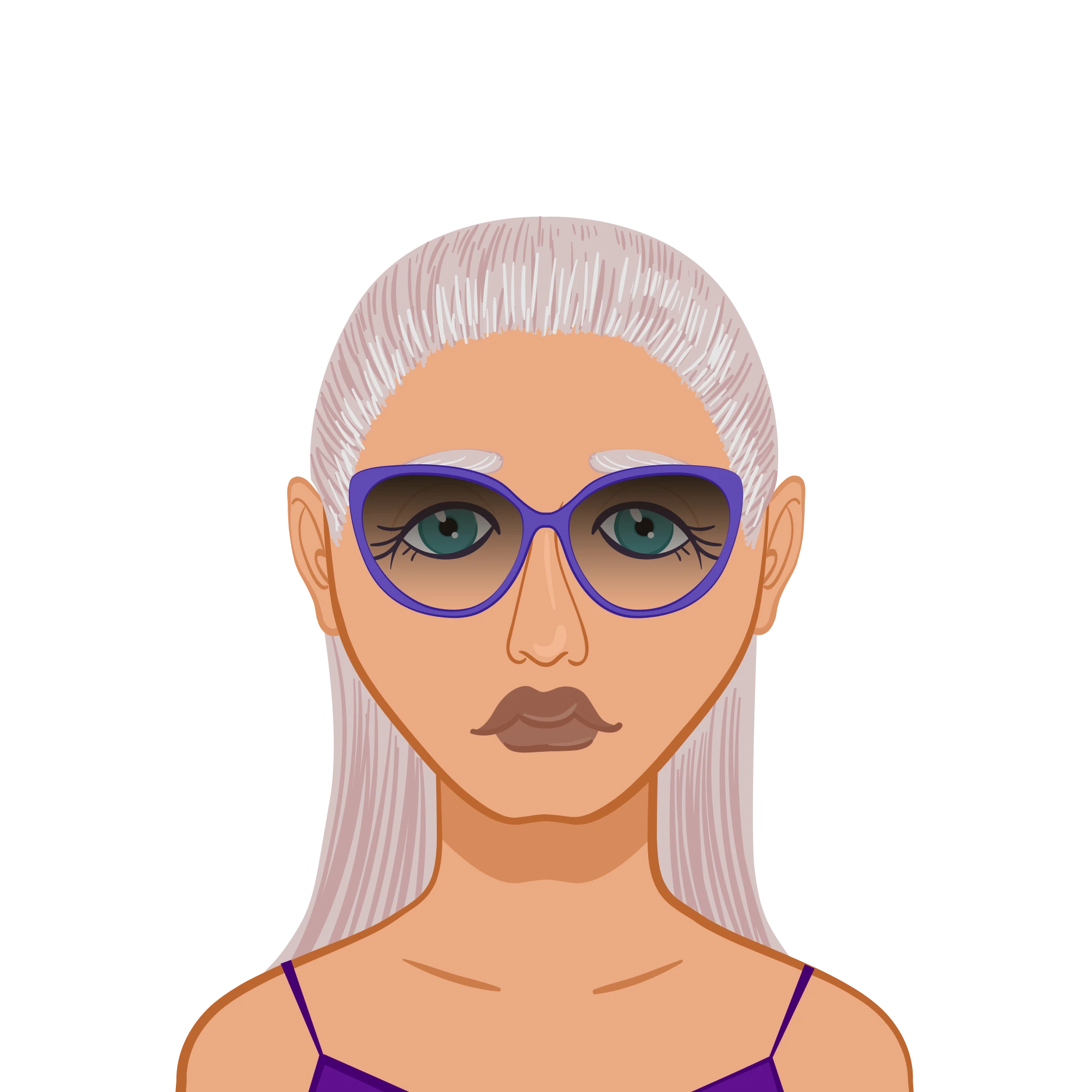How to Select the Right Digital Design Software for Architecture Assignment Success

Digital design is now the backbone of architectural education and professional practice. As architecture students complete increasingly complex assignments, it’s crucial for them to have hands-on experience with the right software. But the wide array of available tools creates confusion: which ones matter most? How do educators and students prioritize software to ensure career-readiness?
This blog breaks down 13 essential digital design tools that architecture and engineering students must know. It explains how each supports different aspects of architectural work—from drafting and modeling to simulation and rendering—and how familiarity with these tools can help students complete their architecture assignments more effectively and professionally.
How Architecture Students Can Start with Foundational Software

When students begin their architecture programs, they often start with the basics of design thinking and technical drawing. This stage is crucial for developing spatial understanding and precision. Foundational software like AutoCAD and Revit lays the groundwork for both 2D and 3D design skills. These tools are not only staples in academia but also in the professional world, making early exposure vital. Incorporating these applications into architecture assignments helps students build habits around technical accuracy, documentation standards, and industry conventions. Understanding these tools ensures students can smoothly transition into advanced workflows in later semesters and in real-world practice.
Why AutoCAD Still Matters in Design Education
AutoCAD remains one of the oldest yet most critical digital drafting tools in architectural practice. Its relevance continues due to its unmatched capability in 2D drafting, which forms the groundwork for understanding architectural drawing conventions.
- Grasp the importance of precision in architectural documentation.
- Transition more smoothly into advanced software like Revit or Rhino.
Even though AutoCAD is seen as traditional, universities that include the latest version in their curriculum equip students with a robust foundation that enhances assignment accuracy and confidence.
How Revit Supports Industry-Level Project Understanding
Revit has become almost synonymous with BIM (Building Information Modeling). Its power lies in combining 3D modeling with integrated data management, which mirrors real-world collaboration in architectural firms.
Architecture students using Revit in assignments benefit from:
- Real-time updates to construction documents.
- An understanding of how various building systems interact.
As BIM becomes the global standard, Revit fluency offers students an edge in meeting professional expectations from the earliest stages of their assignments.
How Creativity and Experimentation Are Enhanced Through Flexible Tools
Creativity is at the core of architectural education. To cultivate this, students need software that doesn’t constrain their ideas with strict building rules early on. Tools like Maya and Rhino 3D offer the freedom to explore forms, surfaces, and unconventional geometries. These platforms enable students to conceptualize without restriction, experiment with structure and form, and develop a personal design language. Assignments built using these tools showcase not only technical capability but creative intent. Such environments promote originality while still introducing digital workflows, thereby preparing students to merge innovation with practicality as they progress toward professional architectural standards.
How Maya Encourages Architectural Expression
Though originally a tool for animation, Maya is invaluable in architectural education due to its free-form design capabilities. Students can stretch their creative muscles by modeling abstract forms and visualizing movement in architecture.
Assignments completed using Maya demonstrate:
- A deep exploration of form and aesthetics.
- Skills in modeling, rendering, and animation all within one software.
While it doesn’t enforce architectural constraints, that’s its strength—it promotes design freedom that sparks originality.
Why Rhino 3D Is Ideal for Parametric and Freeform Assignments
Rhino 3D blends flexibility with precision. It’s easy to learn, cost-effective, and supports both freeform modeling and structured workflows. Whether it’s curvilinear forms or parametric explorations, Rhino meets students where they are.
In assignment work, Rhino excels in:
- Delivering complex geometry with minimal effort.
- Allowing integration with plug-ins like Grasshopper for advanced control.
Students can evolve from beginner to expert within one software environment, making Rhino an indispensable tool in the architecture curriculum.
How Parametric and Visual Programming Build Analytical Skills
As architecture becomes more data-driven and adaptive, students must engage with computational design. Tools like Grasshopper and Dynamo expose students to parametric thinking and algorithmic workflows. These platforms allow them to manipulate geometry through logic, rather than only manual inputs, giving rise to innovative and optimized designs. Through architecture assignments, students learn how inputs, constraints, and relationships define outcomes—an essential mindset in both design automation and environmental responsiveness. These tools bridge creativity with computation, enabling students to create intelligent systems in their projects. Developing these skills now ensures a smoother transition into professional environments where such tools are integral.
How Grasshopper Introduces Students to Algorithmic Design
Grasshopper, a plug-in for Rhino, simplifies algorithmic modeling without requiring deep coding knowledge. It helps students visualize and control parameters that affect geometry in real-time.
Assignments involving Grasshopper challenge students to:
- Think computationally while designing.
- Rapidly test multiple design iterations.
Its drag-and-drop interface brings coding logic into the visual realm, opening up powerful design possibilities without steep programming barriers.
Why Dynamo Is Valuable for Revit Integration
Dynamo enables visual programming in Revit, bringing custom logic and automation into BIM workflows. As a plug-in, it extends Revit’s capabilities and supports customized solutions.
In assignments, Dynamo is particularly useful for:
- Automating repetitive modeling tasks.
- Integrating external data into Revit models.
It also serves as a gateway to deeper computational thinking, preparing students for more advanced algorithmic tools.
How Programming and Simulation Enhance Assignment Accuracy
Beyond traditional modeling, architecture students today must understand how programming and simulation tools impact real-world application. Python and Infraworks provide this context. Python teaches students to think computationally, automate tasks, and extend software capabilities. Meanwhile, Infraworks helps students simulate the interaction of their designs within broader urban systems like infrastructure, topography, and hydrology. These tools move students beyond static models to dynamic, responsive systems. Assignments that incorporate simulation or custom scripting not only deepen analytical thinking but also mirror the responsibilities of modern architects—designing structures that work in harmony with social, technical, and environmental realities.
How Python Opens Doors to Advanced Design Capabilities
Python isn’t just a programming language—it’s a tool that empowers students to control and extend design software. Whether used in Rhino, Revit, or Grasshopper, Python allows custom scripts to handle specific design logic.
Students incorporating Python into their assignments:
- Gain precision and efficiency in complex tasks.
- Develop an understanding of computational design principles.
By learning Python, architecture students not only complete assignments more effectively but also future-proof their skillset for a tech-driven industry.
How Infraworks Prepares Students for Real-World Planning
Infraworks specializes in infrastructure and urban planning. It pulls data from real-world sources to simulate road networks, drainage systems, and environmental constraints.
For students working on urban or landscape architecture assignments, Infraworks provides:
- Accurate contextual simulations of their designs.
- Insights into how proposals interact with existing environments.
It’s particularly beneficial for engineering-focused students or those exploring sustainable urban development.
How Rendering and All-in-One Tools Support Final Assignment Presentation
In architectural education, presentation is nearly as important as process. Students must communicate ideas clearly and convincingly to tutors, peers, and eventually, clients. Rendering tools like V-Ray help translate digital models into compelling visual narratives, while comprehensive platforms like Fusion 360 unify various stages of design into one fluid process. From ideation to fabrication, these tools offer a professional workflow that boosts assignment quality. Using them in projects trains students to think holistically—balancing form, function, and communication. Their use signals a readiness for real-world design challenges, where clarity, collaboration, and polish are essential for project success.
How V-Ray Enhances Visual Quality of Student Models
V-Ray is a rendering engine that works with Rhino, Maya, SketchUp, and Revit. It creates photorealistic visualizations, adding life and depth to otherwise technical models.
Assignments using V-Ray stand out because:
- They communicate design ideas clearly to both tutors and clients.
- They simulate lighting, materials, and textures with high fidelity.
Learning V-Ray helps students elevate their final submissions from functional to visually compelling.
Why Fusion 360 Bridges CAD, CAM, and CAE in One Platform
Fusion 360 is an all-in-one tool that merges CAD, CAM, and CAE workflows into one cloud-based system. Though more engineering-focused, it’s increasingly relevant to architecture students involved in fabrication and performance testing.
Assignments completed in Fusion 360 offer:
- End-to-end project development, from concept to prototype.
- Seamless collaboration and 3D printing integration.
For students blending architecture with product design or manufacturing, Fusion 360 provides a comprehensive platform.
Additional Software That Supports Architecture Education
Beyond the core and computational design tools, several supplementary software platforms enhance architectural learning by supporting specific phases of the design process. SketchUp and ArchiCAD, for instance, are widely adopted for their ease of use and architectural precision. Unreal Engine 4, with its real-time rendering and VR capabilities, offers immersive visualizations that help students present their designs with greater impact. These tools complement the primary platforms by improving visual storytelling, facilitating early design experimentation, and enhancing documentation. Including these software options in architecture assignments broadens a student’s digital toolkit, preparing them for a wide variety of roles and workflows.
SketchUp: A Simple Tool That Delivers Fast Results
SketchUp is widely known for its user-friendly interface and rapid modeling capabilities. It’s often the first 3D tool introduced to students due to its accessibility.
When used for assignments:
- It helps students visualize ideas quickly.
- The Pro version offers features like LayOut, which aids in documentation.
Despite its simplicity, SketchUp supports complex modeling in the hands of advanced users, making it a versatile tool across skill levels.
ArchiCAD: Architecture-Focused BIM Tool with Predictive Design
ArchiCAD is another BIM-centric software, ideal for students focusing purely on architecture. Its Predictive Design feature assists with anticipating design intent, making the process smoother and faster.
In assignment work, ArchiCAD allows:
- Focused architectural modeling without distractions.
- Integration of BIM principles early in academic projects.
It’s especially useful in institutions that want to pair it alongside Revit for a more well-rounded BIM education.
Conclusion
The architectural industry is evolving fast, and digital literacy is no longer optional. The 13 software packages discussed in this blog reflect the multifaceted nature of architecture education—from drafting and BIM to rendering and algorithmic design.
Summary of Software Benefits in Architecture Assignments:
| Software | Primary Use | Ideal For |
|---|---|---|
| AutoCAD | 2D Drafting | Foundational drawing and documentation |
| Revit | BIM Modeling | Collaborative architectural projects |
| Maya | Creative 3D Modeling & Animation | Conceptual design and form exploration |
| Rhino 3D | Freeform 3D Modeling | Parametric and complex geometry |
| Grasshopper | Visual Programming | Algorithmic design processes |
| Dynamo | BIM Automation | Custom workflows in Revit |
| Python | Coding for Architecture | Extending software capabilities |
| Infraworks | Infrastructure Simulation | Urban and landscape planning |
| V-Ray | Rendering | Photorealistic project presentations |
| Fusion 360 | CAD/CAM/CAE | Fabrication and product-focused designs |
| SketchUp | Quick 3D Modeling | Fast visualization and learning |
| ArchiCAD | Architecture-Specific BIM | Focused architectural modeling |
| Unreal Engine 4 | VR and Real-Time Visualization | Immersive experiences and walkthroughs |
Each of these tools brings distinct advantages to students. From accuracy and speed to visualization and innovation, digital design software is critical to shaping how students approach and complete assignments.
By selecting the right combination of these tools, universities can prepare students not just to finish assignments—but to excel in their future careers.